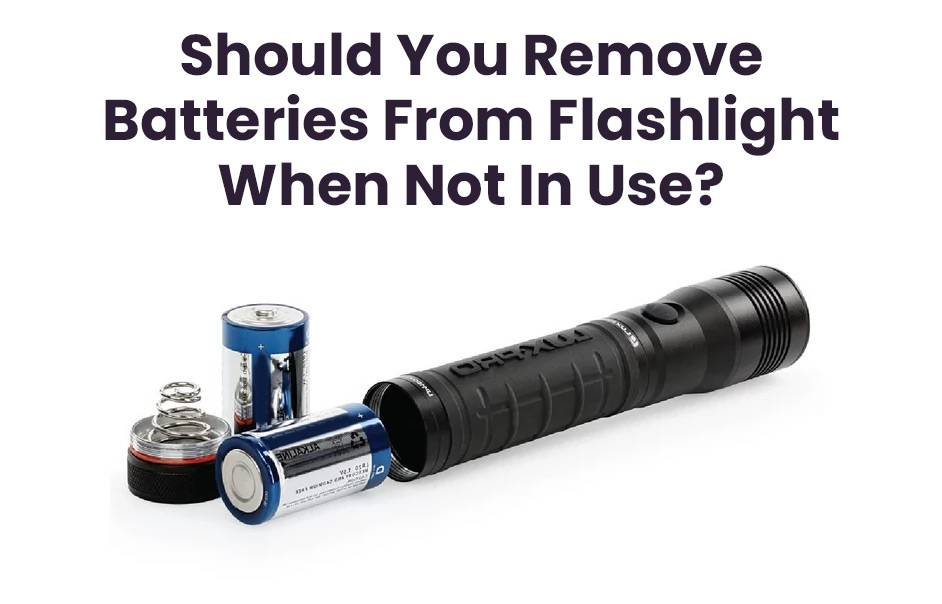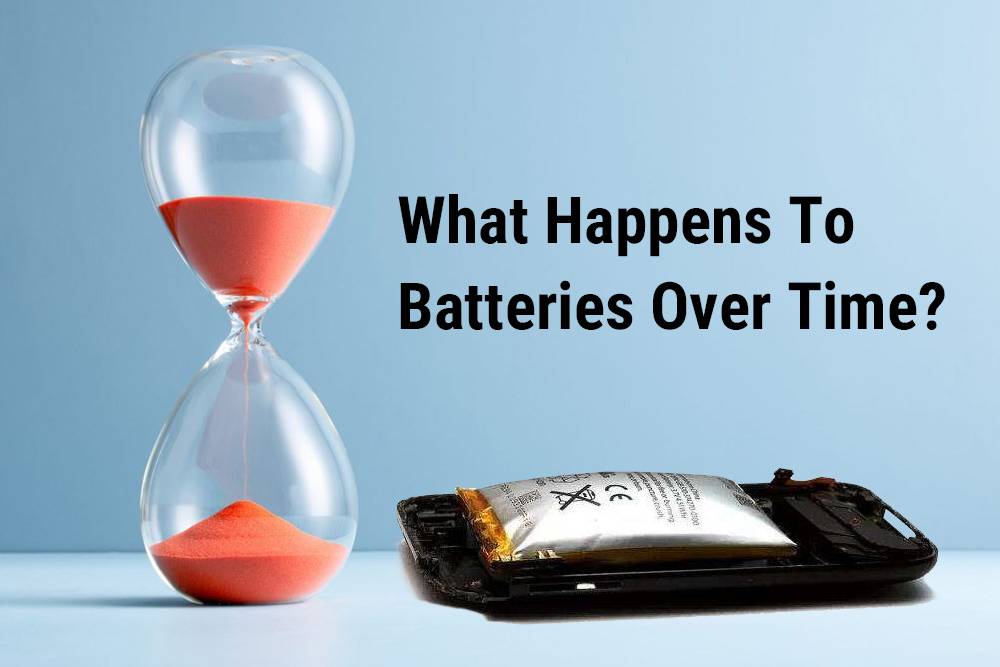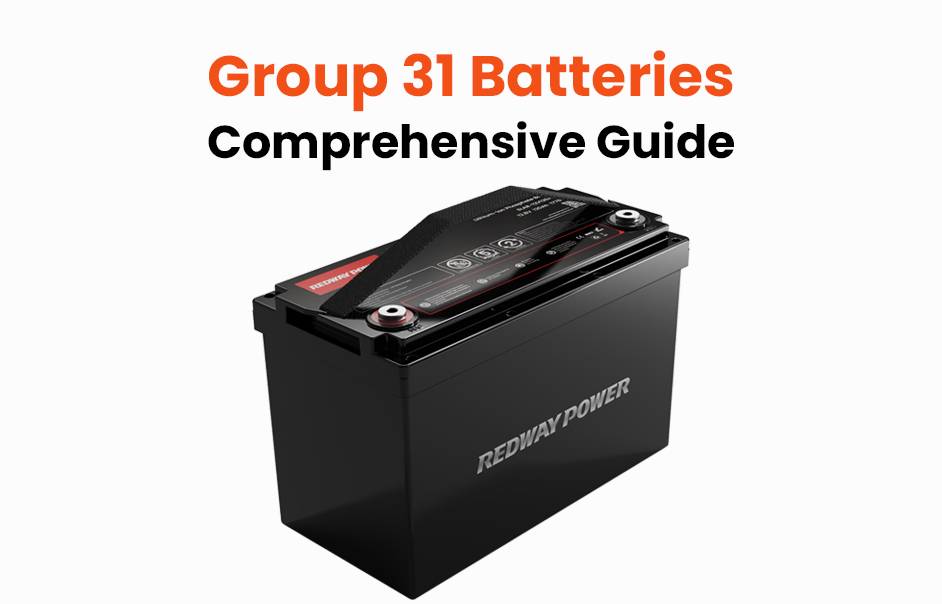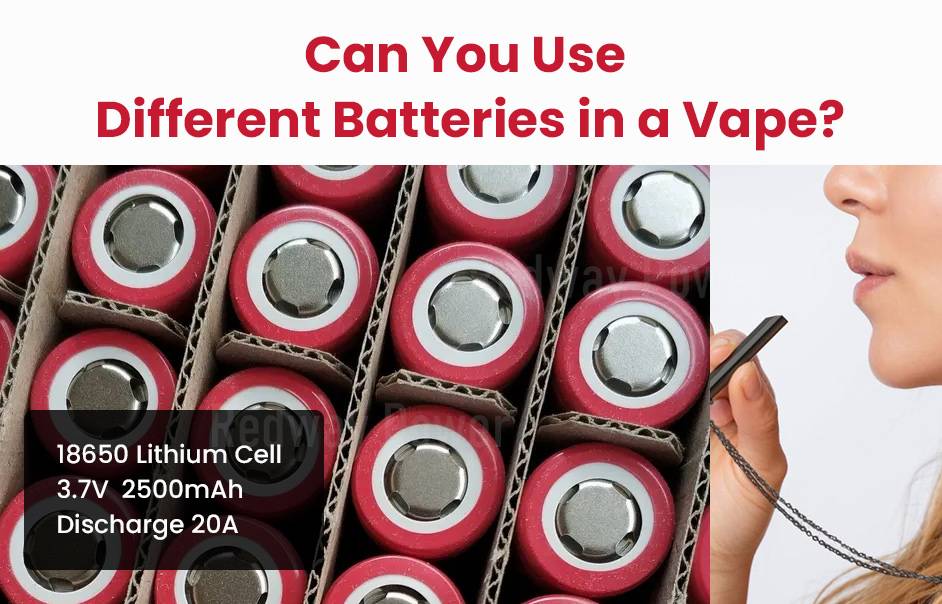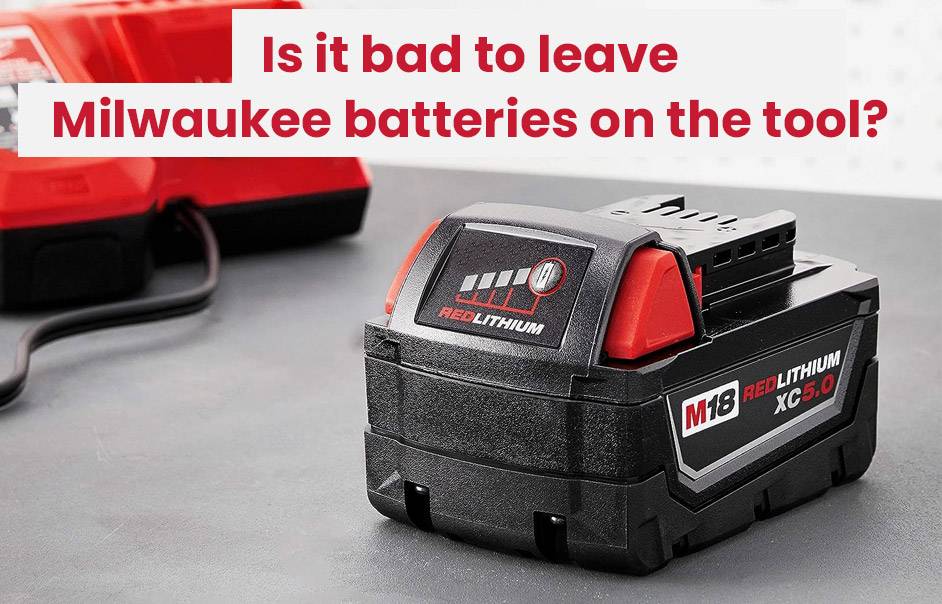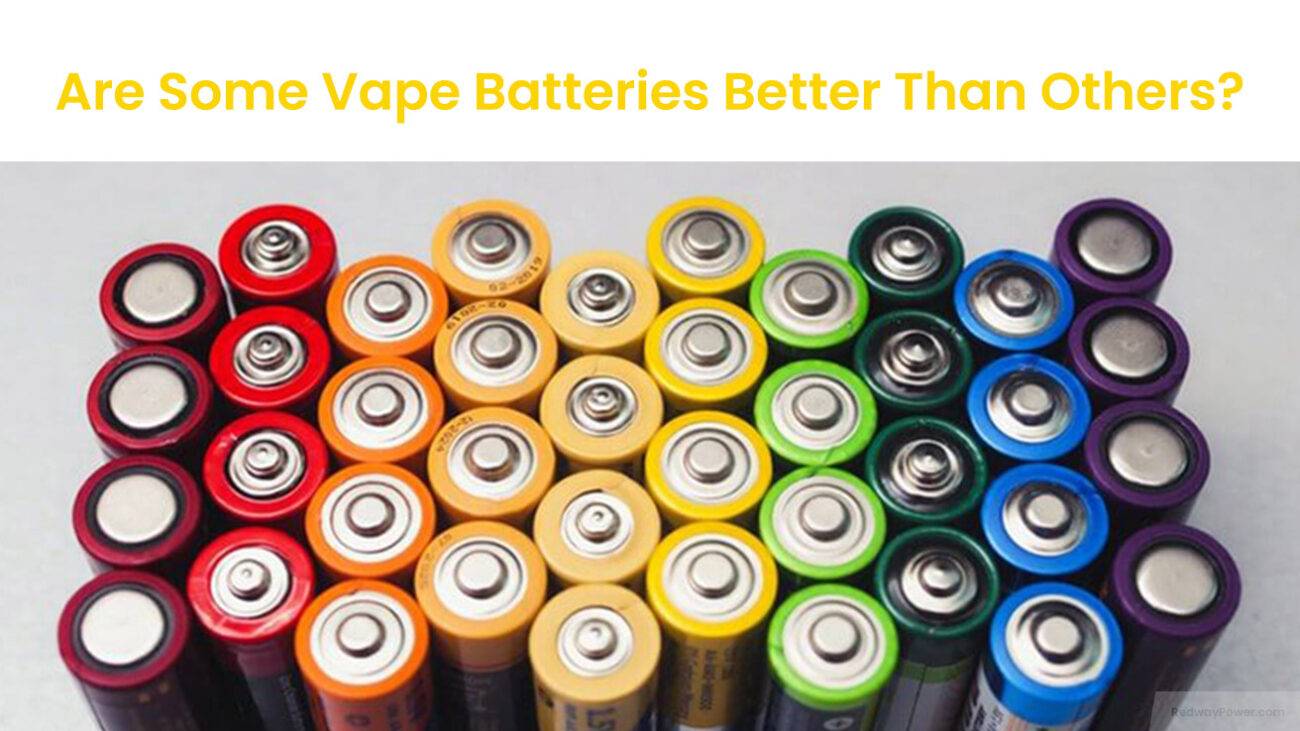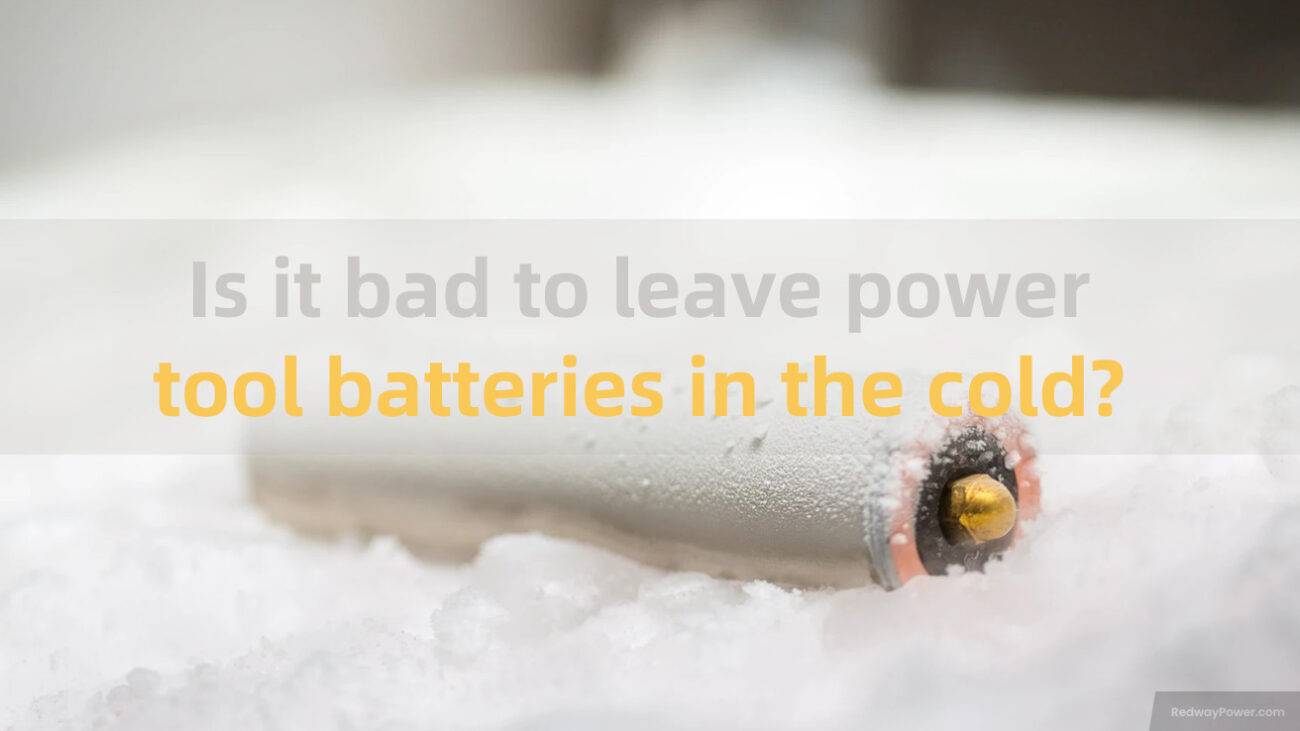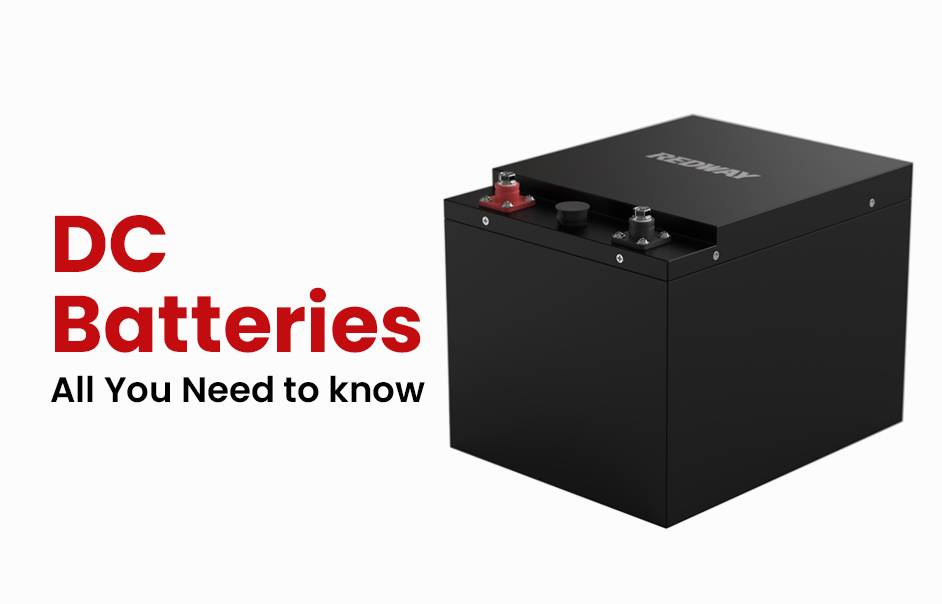Unlock the mysteries of flashlight battery maintenance! This blog investigates the common question: Should you remove batteries when your flashlight is idle? Delve into the importance of flashlight batteries, potential risks of leaving them inside, and the advantages of removal during inactivity. Explore alternatives to battery-powered flashlights for comprehensive illumination insights. Grab your flashlight—batteries optional—and let’s illuminate the facts on this essential topic!
The importance of batteries in flashlights
Flashlights are essential tools in our lives, providing light when we need it most. What powers these indispensable devices? Batteries! Let’s explore the vital role batteries play in flashlights.
- Powerhouse for Illumination: Batteries are the lifeline of flashlights, converting chemical energy into electrical energy for instant illumination. They ensure your flashlight is ready for any situation, from camping adventures to everyday tasks.
- Diverse Battery Options: Flashlights come in various models, each requiring specific battery types. Whether it’s standard alkaline, rechargeable lithium-ion, or nickel-metal hydride (NiMH) batteries, there’s a suitable power source for every flashlight.
- Quality Impacts Performance: The longevity and performance of your flashlight hinge on battery quality. Opting for high-quality batteries ensures consistent brightness, longer runtime, and minimizes the risk of sudden power drainage during critical moments.
In summary, the next time you grab your flashlight, remember that its functionality, guided by batteries, transforms it from a simple plastic tube into a powerful source of light, ready to navigate you through darkness.
Potential dangers of leaving batteries in a flashlight
Leaving batteries inside a flashlight may seem harmless, but it poses potential dangers that should not be overlooked:
- Leakage and Corrosion: Over time, batteries can leak and corrode, damaging the internal components of the flashlight. The leaked substances can also be harmful if touched.
- Accidental Activation: Extended periods with batteries inside increase the risk of accidental activation. Drained or exploded batteries during an emergency can leave you without crucial light.
- Fire Hazards: Damaged or overheated batteries may pose a fire hazard, especially if stored near flammable materials, potentially causing severe damage.
- Diminished Performance: Using old or expired batteries can impact overall flashlight performance, resulting in dimmer light output and reduced visibility in critical situations.
To prevent these risks, it’s advisable to remove batteries from flashlights when not in use. This simple precautionary step helps protect both you and your property from potential harm.
Benefits of removing batteries when not in use
When it comes to flashlights, batteries are essential for brightness, but leaving them inside when idle can have drawbacks. Discover the benefits of removing batteries between uses:
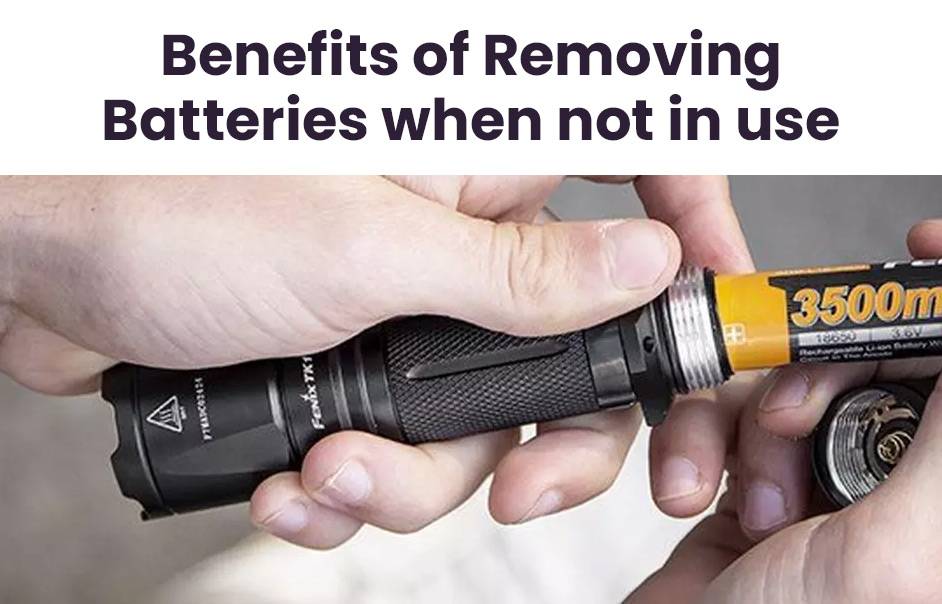
- Preventing Corrosion: Removing batteries minimizes the risk of leakage, preventing battery acid from damaging internal components and extending your flashlight’s lifespan.
- Saving Energy: Even turned off, flashlights with batteries may experience power drain. Removing batteries ensures no unnecessary energy is wasted, saving power for when you need it.
- Avoiding Accidental Activation: Taking out batteries eliminates the risk of unintentional button presses, preventing unexpected light-ups in your bag or pocket.
- Early Issue Detection: Regularly removing and inspecting the battery compartment allows you to catch signs of damage or wear early, addressing potential issues before they escalate.
Experience these benefits by making it a habit to remove batteries from your flashlight when not in use, ensuring optimal performance and longevity.
Alternatives to battery-powered flashlights
Searching for alternatives to traditional battery-powered flashlights? Explore these innovative options that offer illumination without disposable batteries:
- Solar-Powered Flashlights: Harness the sun’s energy to charge these environmentally friendly flashlights. Leave them in daylight, and they’ll be ready to shine at night, reducing the need for disposable batteries.
- Hand-Cranked Flashlights: Generate power with a few spins of the crank. Ideal for emergencies or camping trips where electricity access is limited, providing instant light with a bit of manual effort.
- Rechargeable Flashlights: Opt for flashlights with rechargeable batteries. Save money and reduce waste by plugging them into a power source when needed, offering a sustainable alternative to disposable batteries.
- LED Headlamps: Enjoy hands-free lighting with lightweight and adjustable LED headlamps. Perfect for activities like hiking or working on projects, providing ample brightness without the need for conventional batteries.
By exploring these alternatives, you not only embrace sustainability but also save money in the long run. Ditch the disposable batteries and discover the convenience and eco-friendliness of these innovative lighting solutions today!
Tips for properly storing batteries and flashlights
Proper storage is essential to keep your batteries and flashlights in optimal condition. Follow these tips for ensuring they are ready for action when you need them:
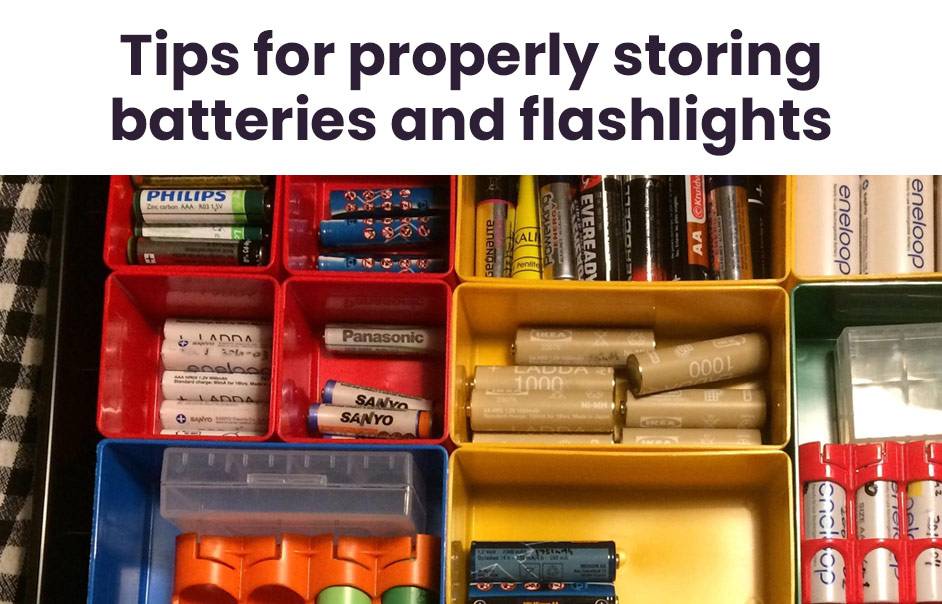
- Remove Batteries: Always take batteries out of your flashlight when not in use to prevent corrosion, extending the lifespan of both the batteries and the flashlight.
- Cool, Dry Storage: Store batteries in a cool, dry place to maintain optimal performance. Avoid exposure to extreme temperatures or direct sunlight, choosing a dark drawer or cabinet for storage.
- Use Battery Cases: Consider using plastic cases or organizers designed for battery storage. This helps prevent contact between terminals and protects against potential damage.
- Clean Flashlights: Wipe away dirt or debris from flashlights before storing them to ensure optimal performance when you need to use them again.
- Check Expiration Dates: Regularly check battery expiration dates and dispose of any expired batteries properly. Many recycling centers accept used batteries for safe disposal.
By following these straightforward tips, you can guarantee that your batteries and flashlights are always in prime condition, ready to serve you when the need arises.
Impact on the environment
When deciding whether to remove batteries from your flashlight during periods of non-use, it’s crucial to assess the environmental impact. Batteries house harmful chemicals and heavy metals, posing risks if improperly disposed of in landfills, leading to soil and water pollution.
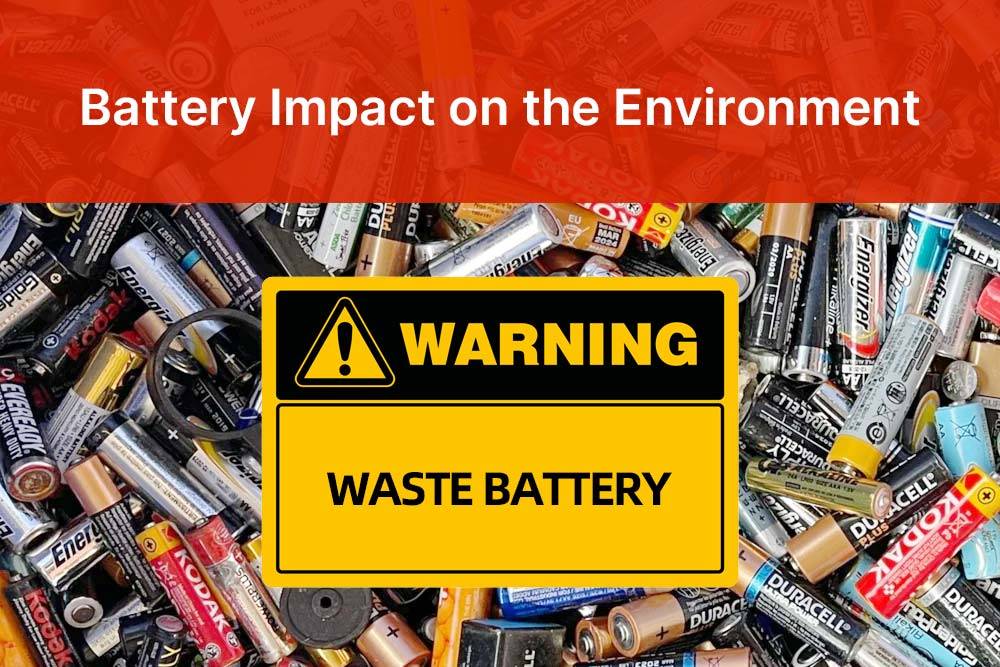
Why Remove Batteries:
- Reducing Waste: Taking batteries out of your flashlight when idle minimizes waste and aids in preventing environmental harm, fostering a more sustainable future by reducing reliance on single-use batteries.
- Eco-Friendly Alternatives: Opting for rechargeable or solar-powered lighting alternatives further lessens your ecological footprint, eliminating the need for disposable batteries, thus reducing waste generation and conserving resources.
- Proper Battery Disposal: To enhance environmental consciousness, ensure the proper disposal of used batteries by utilizing designated drop-off locations in many communities for safe recycling.
In Conclusion: While leaving batteries in your flashlight may offer some convenience, the benefits of removal—prolonged battery life, minimized risks of leaks or corrosion, and improved safety—outweigh this. Adopt the simple habit of taking batteries out during non-use, explore eco-friendly lighting options, and enjoy peace of mind knowing your trusty illumination source will be ready without any unwelcome surprises.
The next time you reach for that flashlight after weeks (or months) without using it – remember to unscrew the cap and remove those power-hungry little cells. Your future self will appreciate the eco-conscious choice!
What are some considerations when attempting to repair flashlights damaged by battery leakage?
When faced with a flashlight damaged by battery leakage, it’s important to approach the repair process with caution. Begin by carefully inspecting the extent of the damage to determine if it’s salvageable.
Next, consider whether you have the necessary tools and expertise to safely disassemble the flashlight for cleaning and repair. If unsure, it may be best to seek professional assistance.
Keep in mind that battery corrosion can cause irreversible damage to electronic components, so proceed with care when attempting repairs. Consider replacing damaged parts rather than risking further harm.
Additionally, take note of any manufacturer recommendations or guidelines for cleaning and maintenance to ensure you’re not inadvertently causing more harm during the repair process.
How can one potentially remove moisture from flashlight components to improve functionality?
Moisture in flashlight components can be a real nuisance, causing issues with functionality and potentially damaging the device. If you find your flashlight has fallen victim to moisture, fret not – there are ways to remedy the situation.
One effective method is to disassemble the flashlight as much as possible without causing further damage. Once disassembled, gently wipe down each component with a dry cloth to remove any visible moisture.
To tackle hard-to-reach spots where moisture may linger, using a hairdryer on low heat can help evaporate any remaining dampness. Just be cautious not to overheat or melt any plastic parts.
For stubborn cases of moisture infiltration, leaving the disassembled parts in a container filled with uncooked rice can absorb excess water over time. The rice acts as a natural desiccant and aids in drying out the components thoroughly.
What alternative cleaning solutions can be used instead of baking soda for removing corrosion from a flashlight?
When it comes to cleaning corrosion from a flashlight, there are alternative solutions that can be just as effective as baking soda. One option is using white vinegar, which can help dissolve the corrosion without leaving any residue behind. Simply soak a cotton swab or cloth in vinegar and gently scrub the affected areas.
Another alternative solution is lemon juice mixed with salt. The acidity of the lemon juice combined with the abrasive nature of salt can work wonders in breaking down corrosion on metal surfaces. Just be sure to rinse the flashlight thoroughly after cleaning to remove any leftover residue.
Additionally, rubbing alcohol can also be used to clean battery corrosion from a flashlight. Its fast-drying properties make it an efficient choice for removing buildup without causing damage to electrical components. Remember to exercise caution when working with liquids near electronic devices and always ensure everything is completely dry before reassembling your flashlight.
Is there a possibility of residual water causing issues with the flashlight’s performance after cleaning?
After cleaning your flashlight to remove battery corrosion, you may wonder if residual water could pose a problem. It’s essential to ensure that all components are thoroughly dried before reassembling the flashlight. Even a small amount of leftover moisture can lead to performance issues down the line.
Residual water left inside the flashlight can potentially cause electrical shorts or corrosion over time, impacting its functionality. To prevent this, take extra care to dry each part completely using a soft cloth or allowing them to air-dry naturally for an extended period.
Avoid rushing through the drying process as it could result in hidden pockets of moisture remaining within the flashlight’s crevices. Pay attention to detail and be patient when ensuring all traces of water are eliminated from the device.
Did using baking soda to clean the corrosion potentially ruin the flashlight or affect its performance?
Ah, the age-old question of whether using baking soda to clean corrosion in a flashlight can do more harm than good. Some may worry that the abrasive nature of baking soda could potentially damage delicate components or affect performance. However, when used correctly and with care, baking soda can be an effective and safe way to remove battery corrosion from a flashlight.
The key lies in the method – creating a paste with water, applying it gently to affected areas, and then carefully wiping it away. This process helps neutralize the acidic residue left by corroded batteries without causing harm to the flashlight itself.
By being mindful of how much pressure is applied during cleaning and ensuring all residues are thoroughly removed post-cleaning, using baking soda should not ruin your flashlight or impact its functionality negatively. Just remember: gentle hands and thorough rinsing are essential for a successful cleanup job!
How can battery corrosion be cleaned out of a flashlight using baking soda and water?
To clean battery corrosion out of a flashlight using baking soda and water, start by removing the batteries. Mix baking soda with a small amount of water to create a paste. Apply the paste to the affected areas in the flashlight where corrosion is present. Use an old toothbrush or cotton swab to scrub away the corrosion gently. After cleaning, wipe down the components with a damp cloth and ensure they are completely dry before reinserting new batteries.
Taking proper care of your flashlight can extend its lifespan and ensure it functions optimally when needed. Regularly inspecting for battery leakage, promptly addressing moisture issues, and using safe cleaning solutions like baking soda can help maintain your flashlight’s performance over time. Remember to remove batteries from flashlights when not in use to prevent potential damage from leakage or corrosion.
By following these maintenance tips, you can keep your flashlight in top condition and ready for any situation that may arise. So next time you reach for your trusty flashlight, rest assured knowing it’s well-maintained and reliable whenever you need it most!
FAQs
How long can you leave batteries in a flashlight?
You can leave batteries in a flashlight for short periods without issues, but it’s generally recommended to remove them if the flashlight won’t be used for an extended period. If left unused for a long time, the batteries can corrode or leak, potentially damaging the flashlight.
Should you store flashlights with batteries in them?
It’s generally best to remove batteries from flashlights when storing them for an extended period. Storing flashlights without batteries reduces the risk of corrosion, leakage, and potential damage to the flashlight.
What is the correct way to put batteries in a flashlight?
When inserting batteries into a flashlight, ensure they are oriented correctly according to the markings inside the battery compartment. Follow the polarity indicators (+/-) to ensure proper alignment, typically placing the positive end of the battery (marked with a plus sign) towards the flashlight’s head or bulb.
Should I take batteries out of flashlight when not in use?
Yes, it’s advisable to remove batteries from a flashlight when it’s not in use for an extended period. This helps prevent corrosion, leakage, and potential damage to the flashlight or batteries.
How do you keep batteries from corroding in a flashlight?
To prevent batteries from corroding in a flashlight, consider the following tips:
- Remove batteries if the flashlight won’t be used for an extended period.
- Store flashlights and batteries in a dry, cool environment.
- Clean the contacts inside the flashlight and on the batteries periodically.
- Avoid mixing old and new batteries or different types of batteries in the same flashlight.
Can batteries catch fire when not in use?
While rare, batteries can catch fire or explode if they are damaged, defective, or improperly stored. To minimize this risk, store batteries in a cool, dry place, avoid exposing them to extreme temperatures or physical damage, and follow proper disposal guidelines.
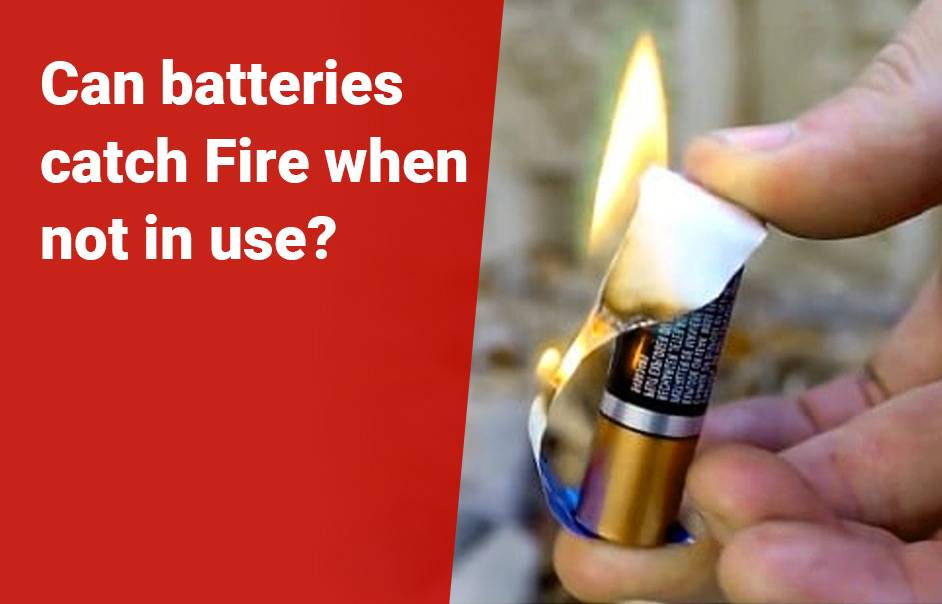
Can you leave a flashlight with batteries in a hot car?
Leaving a flashlight with batteries in a hot car can accelerate battery discharge and potentially cause leakage or damage to the batteries. It’s best to remove the batteries or store the flashlight in a cooler area of the car to minimize these risks.
Is it bad to leave your flashlight on all night?
Leaving a flashlight on all night can drain the batteries and reduce their lifespan. It’s generally not recommended unless the flashlight is designed for continuous use and has features to prevent overheating or excessive battery drain.
Do batteries last longer out of flashlight?
Batteries typically last longer when stored outside of a flashlight, especially if the flashlight won’t be used for an extended period. Storing batteries separately helps prevent self-discharge and reduces the risk of corrosion or leakage, prolonging their lifespan and effectiveness.

